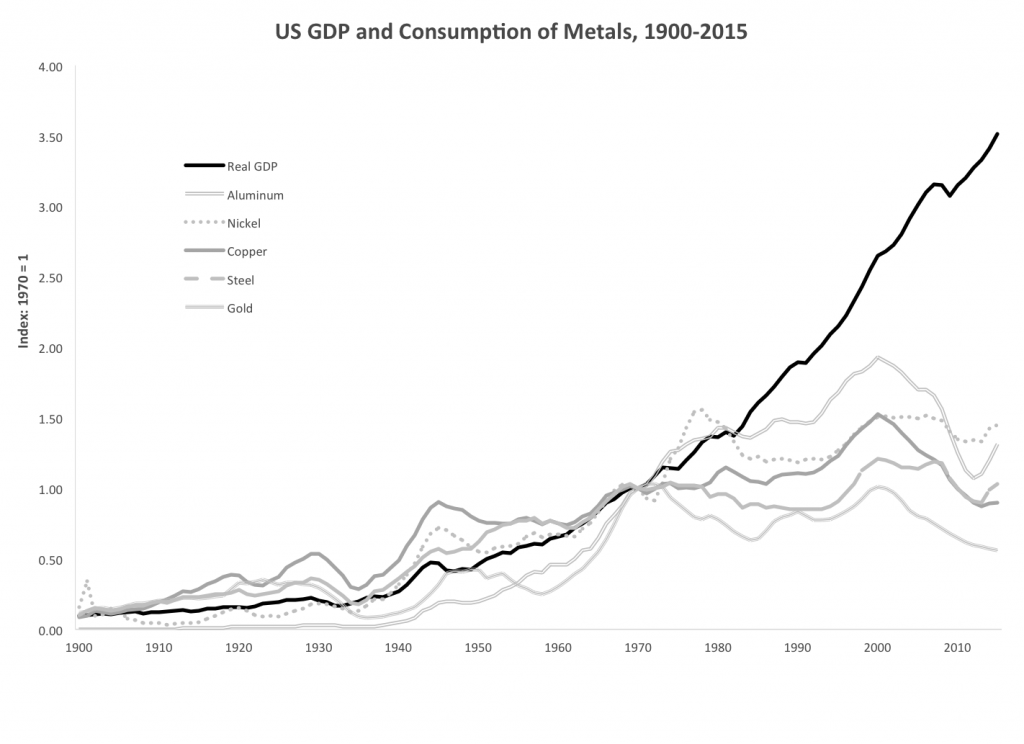2019 Year in Review
An annual retrospective and convenient archive.
I've had a good year. I started a new relationship, tackled a project on my house (with a lot of help from family!), took an introductory whitewater kayaking course, and started writing a book. I initially thought that I could get a first draft written in a year, but that proved to be unrealistic; currently, I have around 6,500 words written and a few photos/figures prepared. In contrast to some previous years, I didn't travel much (aside from trips to the US for my job) but I'm hoping the year ahead can include an adventure somewhere.
My 3 favourite posts from this year were about the mechanics and dynamics of flowing water, trying to build a hydraulic computer, and nomography. Rounding out the top 9 (due to taking a hiatus for a few months, I don't think I can make a Top 10 list) are (just in order of publication, not ranked):
- My annual look at the budget of the province of New Brunswick
- A look at a couple of unusual junctures in the genealogy of Jesus
- Reading some papers related to the history of irrigation
- Considering a scenario of how a universal basic income could work (which didn't look feasible under present conditions)
- A book review about the history of the history of the Polynesian people and the settling of the Pacific Ocean
- A side table I built with a concrete top
I read at least 25 books this year (see here for the ten most recent), and already have a reading list started for 2020—so stay tuned for some reviews. Among other sources of inspiration for posts, I have some DIY projects planned or in progress.
Here is the complete list of posts from this year; add in the previous years—2014, 2015, 2016, 2017, 2018—for a comprehensive archive:
- GHOST_URL/the-john-a-macdonald-effect/
- GHOST_URL/minds-dot-com/
- GHOST_URL/open-channel-hydraulics-for-paddlers/
- GHOST_URL/elementary-cellular-automata-in-a-hydraulic-computer/
- GHOST_URL/frostival-2019/
- GHOST_URL/images-of-the-anthropocene/
- GHOST_URL/sand-and-soil/
- GHOST_URL/nb-budget-2019-weve-got-the-power/
- GHOST_URL/recently-watched-3-foreign-language-films/
- GHOST_URL/assorted-links-spring-2019/
- GHOST_URL/onan-vs-boaz/
- GHOST_URL/centuries-of-rice-and-salt/
- GHOST_URL/3d-printed-hydraulic-and-gate/
- GHOST_URL/pitot/
- GHOST_URL/irrigation-untitled/
- GHOST_URL/ubi/
- GHOST_URL/legibility-and-the-firm/
- GHOST_URL/sam-orrs-pond/
- GHOST_URL/polynesian-pacific/
- GHOST_URL/hiatus-announcement/
- GHOST_URL/assorted-links-fall-2019/
- GHOST_URL/concrete-top-side-table/
- GHOST_URL/wilderness-water-treatment-workshop/
- GHOST_URL/nomography/
- GHOST_URL/10-books-before-20/
- GHOST_URL/2019-year-in-review/
This past year feels like anxiety about the environment really came to the forefront of public consciousness. While seeking more sustainability is certainly a good thing, I don't believe anxiety is either healthy or helpful toward that goal. So here are a few trends that provide reason for optimism:
- After new technologies are invented, they go through an adoption curve: slowly at first and then at a higher steady pace until they reach saturation. Products tend to move through these curves pretty quickly now, at least when it comes to consumer/household goods. The following chart shows installed wind power capacity, and I expect ones for solar power, batteries, fuel cells, carbon capture and storage, and next generation nuclear are following similar trends (or will as the underlying technologies become more viable).

- Global population is projected to reach a peak (and as discussed in a book by Hans Rosling I read last year, these types of projections are pretty reliable) of perhaps less than 10 billion people around the middle of the century, as shown in the following chart. This puts some limits on how much more demand for certain resources will increase.

- Dematerialization is the trend of economic growth without using more (and in some cases, less) resources. An everyday example would be that buying music used to entail CDs (and before that, cassettes) in plastic cases, but now it is typically mp3 downloads or even just streaming. Another example would be increasing agricultural productivity reducing the amount of land required for farming, thus freeing it up for lower-impact uses. This is having a big impact; the following chart (from this article, which includes similar ones for energy and other resources) shows how US consumption of various metals has levelled off while the GDP has continued to grow.

A recent round-up of climate studies (from one of the authors mentioned here who is a bit less sanguine than he used to be) may also be of interest. But to give the hopeful view the last word, consider the great success of the Boston harbor cleanup as an example of being able to solve environmental challenges.
Happy New Year!